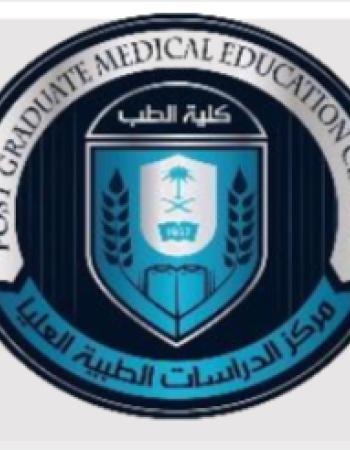Update on Anterior Segment Development
Alkatan, Hind . 2017
Abstract The ocular anterior segment structures are derived from periocular mesenchyme, which consists of neural crest cells and cranial paraxial mesoderm. Many embryological facts have been developed based on the fates of neural crest and mesoderm in mice and in chick. The interactions between the ocular mesenchyme and the surface ectoderm derived cells are also essential for the coordination of anterior segment development. These interactions are mediated by several transcription factors expressed in both the epithelial and mesenchymal cells and are being extensively studied. Anterior Segment dysgenesis (ASD) is a spectrum of disorders of variable phenotypic expressions caused by abnormal migration and differentiation of neural crest cells. Patients with ASD are susceptible to develop infantile glaucoma, congenital endothelial dystrophy, sclerocornea and aniridia. There has been an evident overlapping observation in the genetic mutations between the ASD phenotypic spectrum and glaucoma especially the primary congenital glaucoma (PCG) since it involves abnormal development of Schlemm’s canal and the drainage structures. In this review, we are highlighting the steps in the embryological development of the anterior segment chamber structures. We also present the role of various transcription factors and link the above information to some of the genetic abnormalities, which are known in association with the pathogenesis of glaucoma

Abstract The ocular anterior segment structures are derived from periocular mesenchyme, which consists of neural crest cells and cranial paraxial mesoderm. Many embryological facts have been…

